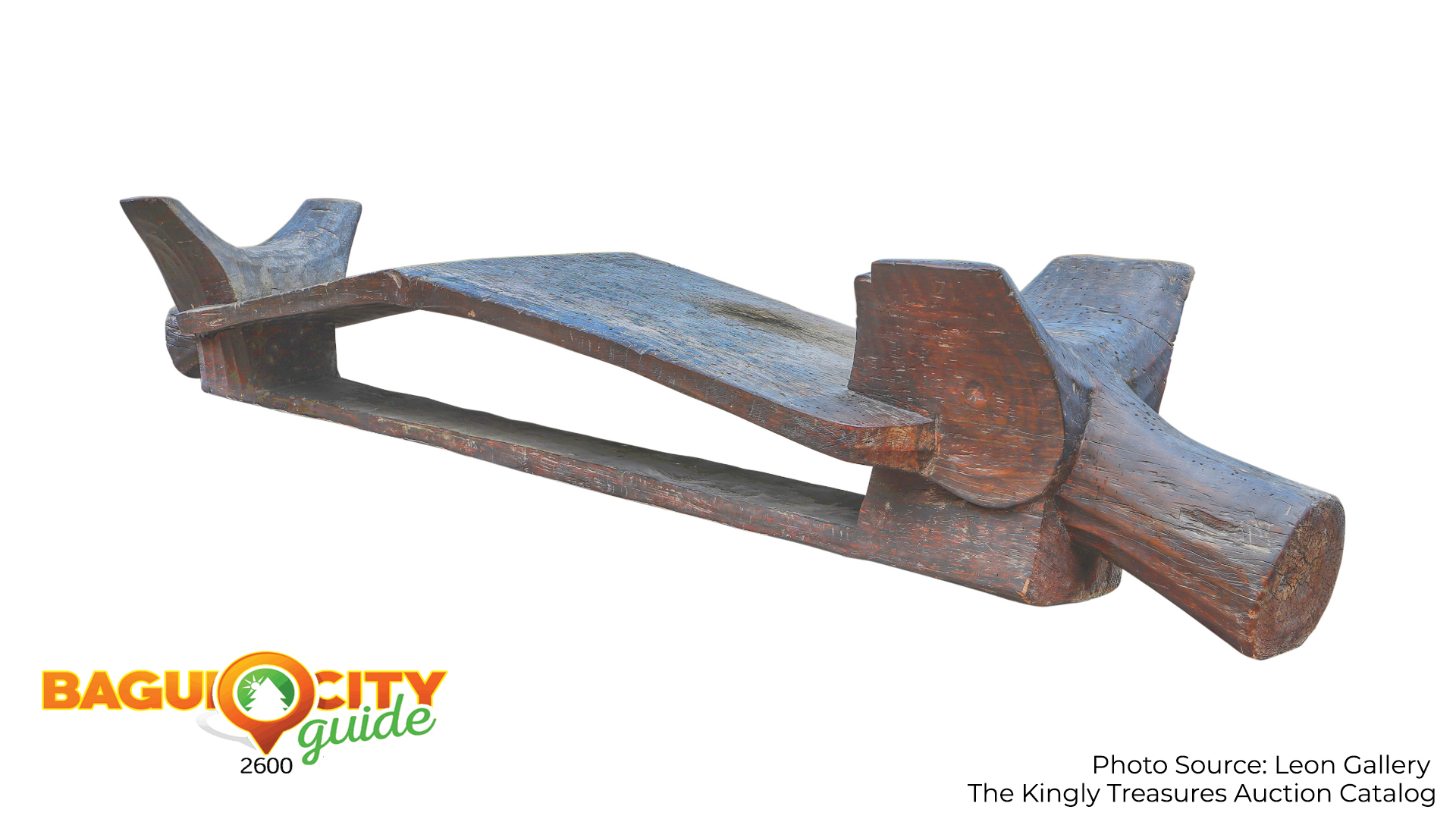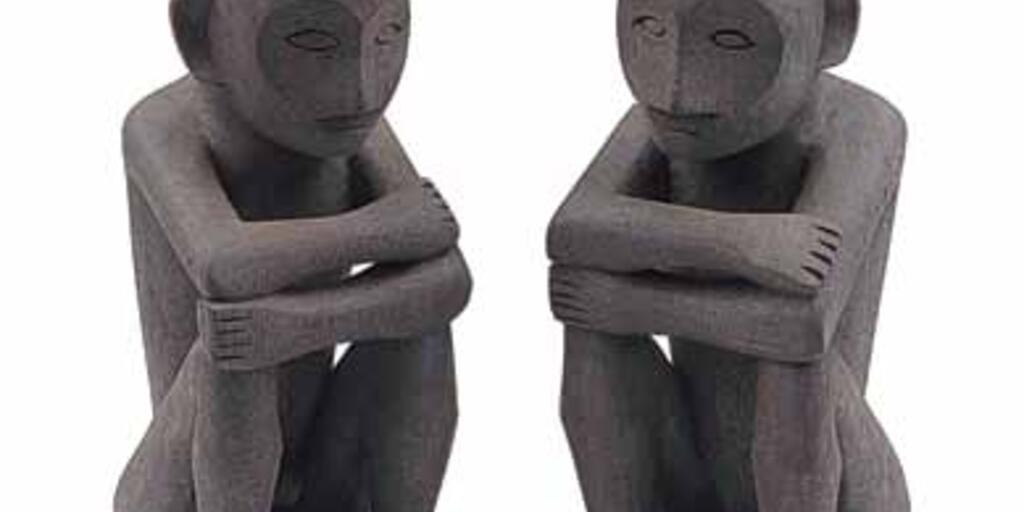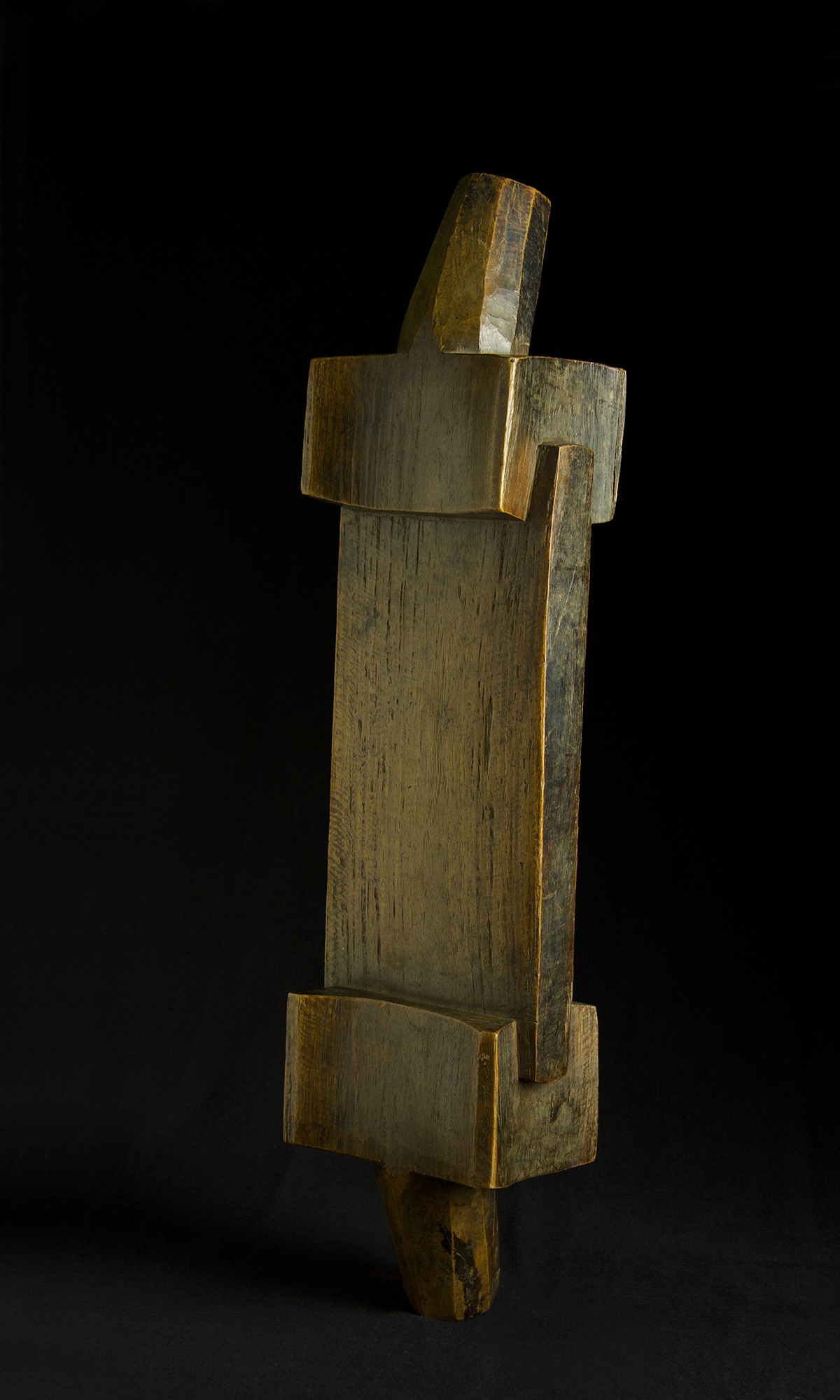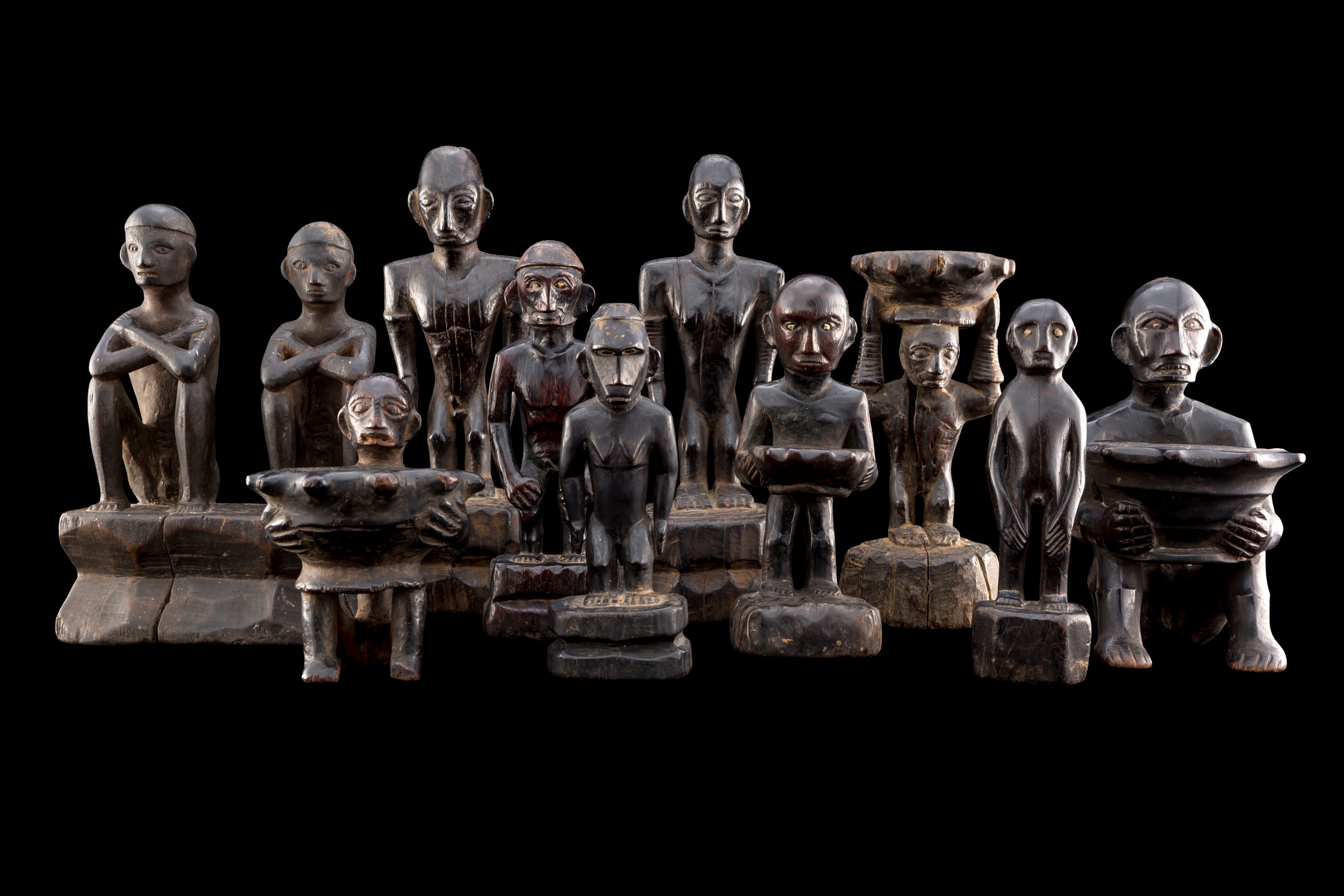A long, long time ago there lived a giant or overgrown narra tree known as bongbong. T he weavers are ifugao, one of the indigenous groups that inhabit the philippine cordillera, a mountainous region occupying the center of the island of luzon.

Ifugao Bulul Rice God Statue David Howard Tribal Art Ifugao Bulul Rice God Statue Tribal Art Statue Art
They are carved from a single piece of wood and depict humans with very unrealistic features.

The wooden chair of ifugao is called. The ground floor, the second level for the living quarters and the third level which was used as the granary. The bulul is a carved wooden statue that the ifugao people of northern luzon used to guard their rice crop. The name is supposed to.
Chairs can be made from wood, metal, or other strong materials, like stone or acrylic. The ifugao traditionally believed their lives were ruled by spirits called anitos and that the universe was divided into levels — the top being the heavens (which itself had four “superimposed heavens”), pugao (earth or “the known land”) and the underworld. After this, the images are blackened with soot.
It is a boundary marker located in the village of a famous lfugao named humidhid. One myth, according to beyer, goes as follows: In working out the details, an improvised thin gouge 2 to 6 inches long is used and then the carving is polished with the leaves of the aplah plant.
Ifugao wooden bench with a slightly arched midsection, provides statues symbol for the rich ifugao due to the cost of its construction and ceremonies involved. The ground level the posts have wooden discs which was called oliang to prevent rats from entering the house. It is a triangular house elevated with 4 wooden posts.
The male bulul is placed at the right and the female at the left. A wooden ritual box with cover used by the ifugaos in rituals performed to urge for bountiful rice production. There was no one supreme god, as the ifugao acknowledged more than 1,500 spirits, each having specific roles and duties and covering.
Its capital is lagawe and it borders benguet to the west, mountain province to the north, isabela to the east, and nueva vizcaya to the south. The wooden scooter has long been the preferred means of transportation for ifugao (philippine for “people of the hill) in banaue, and is still used. 1) fulor is a wood carved into an image of a dead person seated on a death chair.
The rice terraces of the philippine cordilleras and banaue rice terraces are the main tourist attractions in the province. A desk chair is an essential piece of office furniture, which is why it is also called an office chair. Some more parts of a chair.
The sculptures are highly stylized representations of ancestors and are thought to gain power and wealth from the presence of the ancestral spirit. In the tropical forests and grassy highlands, covering an area approximately double the size of los angeles, about 200,000 ifugao people have lived in traditional ways until the past 50 years. Here are the names of different parts of a basic chair in english:
The ifugaos build their typical houses called fales, which consists of a kitchen, bedroom and a worship room altogether. Ifugao is a landlocked province of the philippines in the cordillera administrative region in luzon. It was a single room dwelling elevated at 1.50 meters from the ground;
One of the basic pieces of furniture, a chair is a type of seat. Failure to offer sacrifice would result in sickness, death and unsuccessful crops (or harvest). These artifacts, whether handwoven traditionally or with contemporary variations, are considered exemplars of functional basketry in the philippines and.
These terraces are believed to have been. Even to this day, now referred to by many as the stairs to. There is a ladder but it is hanged or removed so people or animals cannot enter the fale.
They live primarily in the province of ifugao in central cordillera, in northern luzon. Other variations of the name are ifugaw, ipugao, and yfugao. It is an antique that has spirit in it.
It usually stands on a. Bulul is an ifugao anthropomorphic carving that symbolizes an ifugao rice god or guardian spirits when used in rituals, it is to be properly positioned in front of the rice produce. The ifugao house have three functional levels:
The second level or the living area was accessible through a removable ladder. It contains remains of pakhuy (unhusked rice), momah (areca cathecu), egg and possibly dried bark of the tree. These bulul are supposed to represent the ancestors of the ifugaos, and the people supposedly gain power from the presence of ancestral spirits.
Origin of the carved wooden idols. It was carved with anthropomorphic figures at each end of the box. The floor were made of hard wood like.
There’s the seat portion of the chair (see the upper illustration below) and then the base of the desk chair (see the lower illustration below). It is a traditional house that was called binangiyan. This village is in the upstream region known as daiya.
The anatomy of a desk chair is comprised of two main parts. Having this pattern woven into their skirt meant to transfer the power of all the trinkets their ambayung holds. Different parts of a chair.

Pin On Cavite Consumer Culture

An Ifugao Narra Wood Table Mid-20th Century Luzon The Philippines Furniture Lighting Philippines Christies Wood Table Wood Tales Of The Unexpected

Philippines Ifugao Star Bowl Burnished Wood Handmade Unique Etsy Star Bowl Carved Wooden Bowl Gmelina Wood

Beautiful Nipa Hut Images Stock Photos Vectors Shutterstock
1335 - Prispevky Facebook
This Ifugao Bench Was Sold At A World Record Price At An Auction - Bcg

Wooden Ifugao Figures From Anthropologys Philippines Collection Amnh

Hagabi - Form I - Form - Sculpture Galen Lowe Art Antiques

This Ifugao Bench Was Sold At A World Record Price At An Auction - Bcg

Ifugao Divinities Philippine Mythology Beliefs

Ifugao Refers To The Group Of People Living In Ifugao Province

Day 129 - Looking Out Into The Rain It Hasnt Stopped Raining Here Today - So Here Is What It Looks Like Looking Out From The Drawing Interior Art Ink Drawing
Hagabi An Unusual - Trivia Of Philippine History And World Facebook

Four Philippine Carved Wood Spoons Ifugao C Late 19th Century All With Human Figure Handles Wearing Caps Carving Wood Spoon Philippine

Ifugao People - Wikipedia

Hagabi - Form I - Form - Sculpture Galen Lowe Art Antiques

Manila Marriott Hotel Wedding For A Thousand Guests Enjoy Guestbathroom Happy Marriott Hotels Marriott Hotel Wedding
Pre Spanish Colonial Art In The Philippines Pdf Philippines Jewellery

Philippines Bowl Lid Lizard Carved Ifugao Lid Bowl Carving Carved Wooden Bowl African Soapstone


